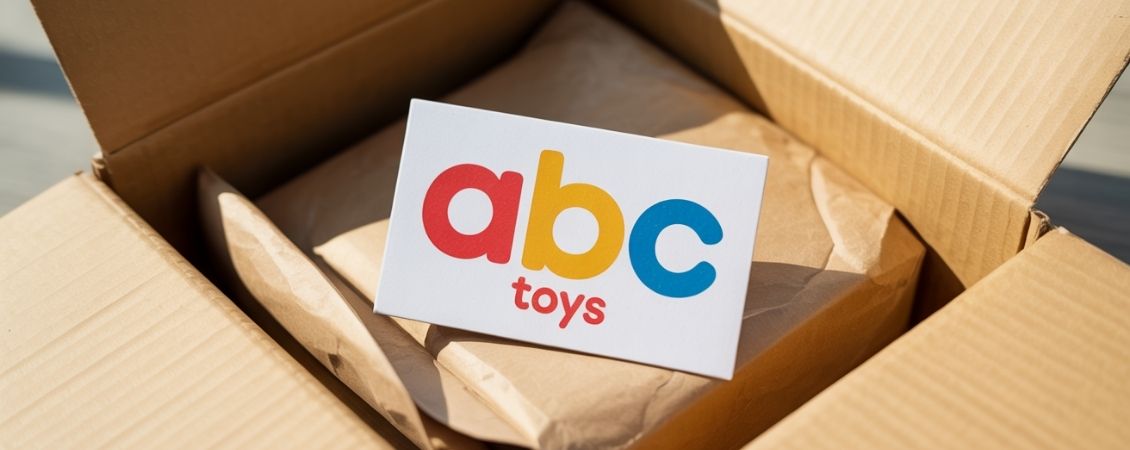Updated: 15th May 2023
Political colours are used across the world to represent political parties or ideologies. Amid the ongoing fallout from Brexit and the coronavirus pandemic, we wanted to discover how and why UK political party colours communicate certain messages to the public and how each party got their colour in the first place.
Why Do Political Parties Have Colours?
Think about your favourite coffee shop – it might be Costa, Starbucks, or even Caffé Nero. Something these big businesses do to differentiate themselves from their competitors is to use distinctive colours for their branding. This is exemplified in Costa’s dark red, Starbucks’ unmistakable green and Caffé Nero’s bright blue. It's the same with the main UK political party logos and colours.
It works in the same way. The minute you see a politician in a red or blue tie, the branding is so strong you know what party they stand for and roughly what their belief system is.
These strong UK political party colours are so recognisable they are often used in place of the party name! You can ‘go green’ for environmentalism, ‘yellow politics’ describes liberalism, red connotes socialism, and so on. Each party has adopted a different colour to help propel them forwards in the election race.
It’s essentially branding done right. Imagine your business being recognised on colour alone! But, just so we’re clear, what colour does each party use?
What Are the UK Political Party Colours and Where Did They Come From?
Here’s a summary of each UK political party logo, colour, their meanings and some context behind where those colours come from.
Why is the Conservative Party Blue?

HEX: #0087DC
RGB: 0, 135, 220
CMYK: 100%, 39%, 0%, 14%
A popular hue for right-wing parties across the world (bar The Republican party in America), the Conservative Party has been associated with blue. However, when the Conservative Party was originally formed in 1834, the Tories ran with the full spectrum of the Union Jack: red, blue and white. It wasn’t until Labour began campaigning with a very similar shade of red that the Conservatives dropped the colour completely.
Blue in Marketing
If we look at blue from a marketing perspective, it’s a colour used to instil a sense of trust, reliability and confidence. That’s often why many corporate companies, technology firms and hospitals (think of the NHS blue) use this shade.
Why is the Labour Party Red?
HEX: #DC241f
RBG: 220, 36, 31
CMYK: 0%, 84%, 86%, 14%
A rather literal meaning, the colour red so often used by left-wing parties like Labour represents ‘the blood of the angry workers’. These angry workers being the ones rising up against the bourgeoisie during the first French uprising in 1789.
Red as a representation of the struggle between the working and upper classes may even date back as far as the slave uprisings at the end of the Roman Empire, as revolutionaries brandished red flags as part of the rebellion.
Red in Marketing
In marketing, red is a classic colour for sales posters. Why? Because this colour evokes strong feelings that lead to action. It’s also a colour used to reflect expertise – big, leading brands often use red to denote that they’re the original, the best, like Coca Cola and Kellogg’s.
Why are the Liberal Democrats Orange?
HEX: #FDBB30
RGB: 253, 187, 48
CMYK: 0%, 26%, 81%, 1%
The Liberal Democrats are a combination of two parties that merged in 1988 – the Liberal Party (whose colour was yellow) and the Social Democratic Party (who were routed in socialism, hence red).
As well as orange being a mix of the two previous parties’ colours, there’s significant meaning behind this blend. By combining parties, the Liberal Democrats seek to balance the different kinds of liberalism, such as social, economic, and political, to create a more well-rounded and complete party. Therefore, the orange symbolises this ideology.
Orange in Marketing
Orange is a very enthusiastic colour in marketing – it’s happy, friendly, energetic and very attention-grabbing. As well as children’s and drinks companies, like Fanta and Gatorade using this vibrant shade, it’s also used to signify a fresh alternative for businesses like Amazon and Mozilla Firefox.
Why is the Scottish National Party Yellow?
HEX: #FFFF00
RGB: 255, 255, 0
CMYK: 0%, 0%, 100%, 0%
The origins behind the SNP’s use of yellow leads us back to 1928 and the publication of David Lloyd George’s report ‘Britain’s Industrial Future’. This report gained the nickname ‘the Yellow Book’ because many fictional books were printed with yellow covers during the 19th century to show they were something new.
Therefore, yellow in this instance represents the new, the modern and the free.
Yellow in Marketing
According to colour psychology, yellow is the brightest colour of the visible spectrum, making it the most noticeable shade. Our brains are wired to see yellow first!
As well as happiness and optimism, yellow is also associated with meanings of creativity and warmth. As well as being used for construction and danger signs, it’s also used to exude an energetic quality for brands like McDonald’s, IKEA and National Geographic.
Why is the Green Party Green?
It might seem a bit daft to ask why this party chose green as their colour – it’s literally in their name! But there is a long history of green being used in politics around the world. In fact, the first recorded use of green in politics goes as far back as the 6th century. This was the first recorded green party and it was a faction in Constantinople during the Byzantine Empire.
In the 1980s, green became the colour of many European parties whose agenda was focused on environmentalism, which is largely what we know it to signify now.
Green in Marketing
In marketing, as in politics, green represents freshness, sustainability and eco-friendly options. Brands that use this shade include Subway, Tic Tac, Android and Animal Planet.
Why is UKIP Purple?

Unlike the green parties of Byzantine times, purple is a much newer political colour. UKIP was first established in 1993. Purple is often used to show passion, making it a perfect colour for a political campaign.
Another possibility is that UKIP’s yellow and purple are supposed to evoke prestige and be reminiscent of our British heritage. Others believe these shades are used to convey the message that UKIP is trying to draw voters from every party as it’s a mixture of all the different colours.
Purple in Marketing
Purple is often used to connote indulgence, luxury and wisdom, as well as magic. Chocolate companies like Cadbury and Wonka are purple users, as well as Hallmark.
Why is Plaid Cymru Yellow and Green?
Plaid Cymru (Party of Wales) use a logo featuring a Welsh yellow poppy on a white and green background. Combining yellow and green, these colours represent a modern approach to politics and the poppy shows the growth of the party and the Welsh people. With the green representing growth and nature, and the yellow signalling hope for the future, the Plaid Cymru colours are fresh and positive.
Yellow and Green in Marketing
When used together, these colours represent freshness and nature. Brands like Arla Foods, Tropicana and Morrisons use these colours to show that they use fresh produce.
Need Help Getting Your Branding Right?
Now you know the history behind the UK political party colours, it’s time to take inspiration and adopt a strong brand for your own business.
You can find an extensive range of products in our election printing range which includes business cards, flyers and much more. If you don’t already have a design created for your print project, make sure to check out our free Design Online Tool.
Your brand is more than just a logo, so if you need help with the design of any marketing materials you can get in touch with our expert team. We'll be happy to help.










